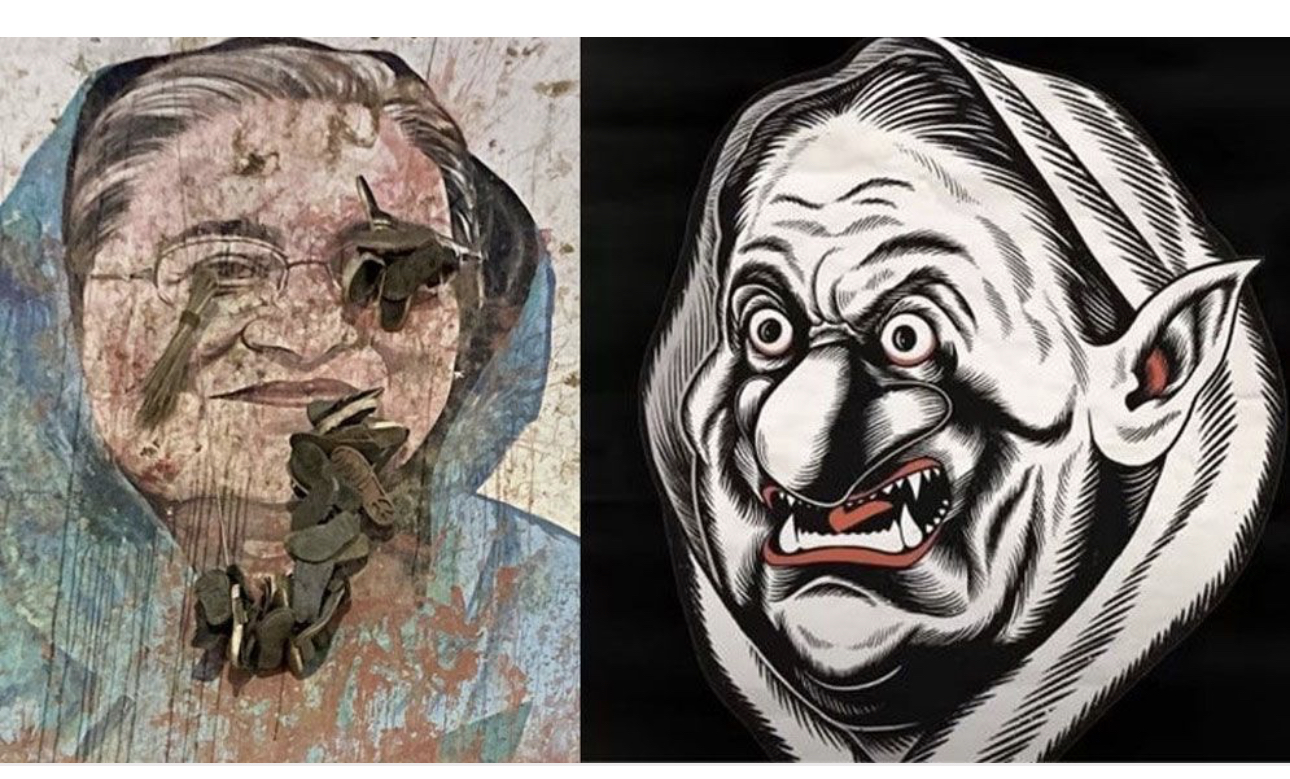Building a New Political System
This article is inspired by the recent two-part political analysis by veteran economist Dr. Rehman Sobhan, titled “The Challenge of Building a New Political System” (published in Prothom Alo on April 23, 2025) and “Blueprint for a New Political System.” The analysis attempts to address some long-unanswered questions arising from Dr. Sobhan’s work, which gives special importance to the recent July Mass Uprising.
Rehman Sobhan’s Early Analysis and the ‘Two Economies’ Theory
The discussion begins by recalling 1961, a time when martial law was firmly rooted in Pakistan. It was against this backdrop that the then-young Dhaka University economics teacher, Rehman Sobhan, presented a paper at Dhaka’s Islamic Academy titled ‘How to build Pakistan into a well-knit Nation.’ This paper is undeniable considered a “spark of the autonomy movement.”
The author of the analysis believes Dr. Sobhan, as an economics student, was aware that a national economy is indivisible. Yet, in his 1961 paper, he used statistical theory to argue for the Dual Economic theory in assessing the development of Pakistan’s two wings. In doing so, he seemingly disregarded the indivisibility of the national economy and, simultaneously, obscured the scientific truth that unequal development is a characteristic of capitalist economics.
This approach replaced a unifying national perspective with a narrow nationalistic view. His ‘one country, two economies’ theory created a new crisis that Pakistan failed to resolve. The analysis suggests that although Dr. Sobhan belonged to the Marxist school of economics, he was immature in analyzing socio-politics from the perspective of the working class.
Critique of Sobhan’s Stance on the 1970s and BAKSAL
The analysis briefly touches on the political turmoil of the 1970s, noting how Dr. Sobhan analyzed Pakistan’s economy and observed the opening of thousands of soup kitchens to stave off hunger. To manage the resulting situation, a one-party system (BAKSAL) was introduced instead of democracy, and the constitution was changed. Leaders from NAP, CPB, and the Student Union enthusiastically welcomed the new system, and Rehman Sobhan was reportedly favorable toward these steps.
However, the analysis points out that staunch socialist Tajuddin Ahmad was not involved in this scheme, while freedom fighters like MAG Osmani and Barrister Moinul Hossain stood firm in maintaining political purity. This new BAKSAL plan was ultimately terminated by agitated soldiers on August 15, 1975.
Sobhan’s View on the July Uprising and Contemporary Politics
The analysis returns to the present, noting that Dr. Sobhan, as a wise man, views the July-August Mass Uprising positively. Although his organization, CPD (Centre for Policy Dialogue), and he personally tried their utmost to influence the Sheikh Hasina government against giving a corridor to India, he described Hasina’s actions as “unthinkable” and her directives to law enforcement agencies as “unpardonable.”
Dr. Sobhan’s View: In his words, the Army “fortunately did the right thing by disobeying her orders,” avoiding a potential “genocide.”
The analysis criticizes Dr. Sobhan for prioritizing the Army’s disobedience while giving less importance to the participation of the general public in the movement. It also points out that while Dr. Sobhan mentioned similar disobediences in 1990 and 2007 were backed by political parties, the 2024 August 5th uprising that forced Sheikh Hasina to leave the country was primarily led by students and the general populace, with political leaders showing a tendency to flee. The analysis also suggests that Dr. Sobhan avoided mentioning the role of the United Nations in restraining the Army.
The India Factor and Historical Context
Dr. Sobhan’s analysis highlights that the economic misdeeds committed by Sheikh Hasina through three sham elections were “shocking,” particularly the “unbridled corruption of Sheikh Hasina’s intimate circle of capitalists” which devastated the banking sector. He identifies the perspective from across the border (India) as a “deviant viewpoint” for ignoring human rights violations, electoral fraud, and murders to criticize the Yunus government.
The author questions India’s motives: Is India genuinely worried about its credibility, or is it planning to recover a lost colony by using Sheikh Hasina and the Awami League?
The analysis shifts to history, recalling the sentiments of Bengal Governor Frederick Burrows and Jawaharlal Nehru regarding the creation of Pakistan, which left East Bengal as a ‘rural slum.’ Nehru’s ‘doctrine’ envisioned East Bengal eventually returning to the Indian Union after proving economically unviable. The author believes Dr. Sobhan was well aware of this doctrine.
The author posits that the solution to regional disparity in Pakistan should have been found through planned economic activity and the implementation of the Lahore Resolution (a ‘one nation, two countries’ concept). The author attributes the partition of India in 1947 to the illiberal attitude and inhumane behavior of the Indian Hindu community, particularly their rigid stance against the upliftment of the Scheduled Castes, leading to leaders like Jogendra Nath Mandal supporting the Pakistan movement.
Conclusion and Advice to Youth
The author concludes that Bangladesh’s history of achieving statehood twice has been marked by significant sacrifice, yet a sensitive portrayal of this struggle is lacking. There has been an attempt to sideline the contributions of great leaders of 1947 while inflating the roles of smaller leaders from 1971.
The article ends with advice to the youth: Don’t just look at Europe and America; also look at Asian countries like China, Japan, South Korea, Singapore, Thailand, and Malaysia. Young people should strive to match their skill and competence.
Final Message: “It is possible to make this short earthly life meaningful in various ways. It is one thing to make mistakes while governing, but why must one kill and suppress to stay in power? If politics is not a means for public welfare and social change, it is prudent to stay away from it.”




